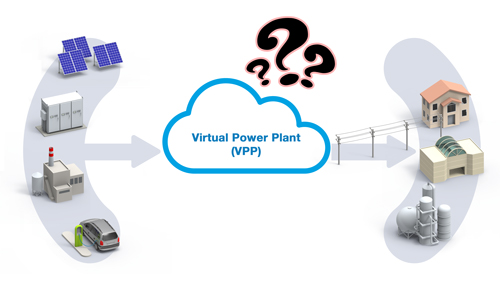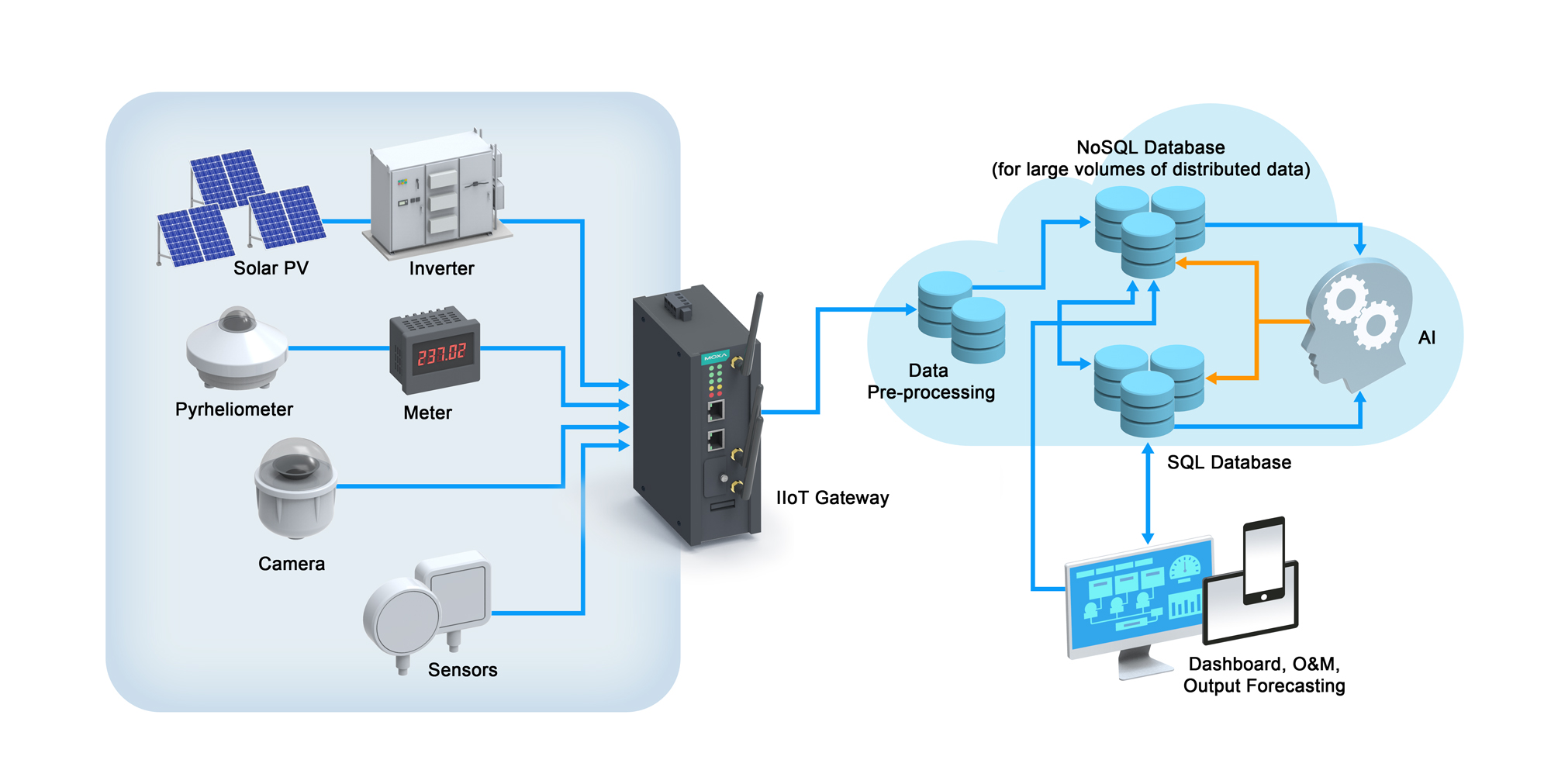How to Enable IIoT Connectivity for Virtual Power Plants
 Declarations of climate emergencies in many countries around the world have created awareness for the need to switch to clean energy sources, which in turn has prompted the power industry and governments to take action or set definite goals. Governments around the world now provide incentives to individuals, industries, and communities who are interested in generating and using power from renewable energy sources such as solar and wind energy. Power grids have seen many changes that have enabled the integration of power from distributed energy sources (DERs). In the new power economy that is emerging, virtual power plants (VPPs) are showing the way by making it possible to aggregate power from different DERs and energy sources, and providing an efficient platform for energy trading. Here, we discuss some of the challenges faced by VPPs and how IIoT connectivity is helping them overcome these challenges.
Declarations of climate emergencies in many countries around the world have created awareness for the need to switch to clean energy sources, which in turn has prompted the power industry and governments to take action or set definite goals. Governments around the world now provide incentives to individuals, industries, and communities who are interested in generating and using power from renewable energy sources such as solar and wind energy. Power grids have seen many changes that have enabled the integration of power from distributed energy sources (DERs). In the new power economy that is emerging, virtual power plants (VPPs) are showing the way by making it possible to aggregate power from different DERs and energy sources, and providing an efficient platform for energy trading. Here, we discuss some of the challenges faced by VPPs and how IIoT connectivity is helping them overcome these challenges.
Leveraging IIoT Connectivity to Overcome Key Challenges in VPPs
The idea of VPPs that are able to solve all power issues of the future sounds very encouraging. However, deploying the devices and technology that are required by a virtual power plant is an uphill task. Some of the challenges faced by VPP operators are discussed below:
Integrating DERs Into the Grid
Integrating power generated from DERs into a grid is easier said than done. A high penetration of DERs in the grid can introduce a variety of detrimental conditions, including voltage swings and reverse power flow, which can cause instability in the grid. Most grids have to be retrofitted to be able to integrate power from DERs, increase hosting capacity, and optimize power from DERs. Consumers also need a convenient way to buy power from DER aggregators at an economical price. Controlling and monitoring the devices at the grid edge, especially those associated with DERs, is a major issue. Edge devices, such as inverters, need to be monitored for better integration of the system and to prevent grid instability. VPPs require seamless communication solutions to maintain the stability of the grid: northbound communication to acquire data from power devices such as inverters, and southbound communication to monitor and control the devices. IIoT gateways, with their computing power and integrated communication interfaces, can help provide the platform for seamless data acquisition and processing. Data acquired from inverters, meters, transformers, and other edge devices can be send to a DER management system to maintain the grid in a stable state and meet the energy requirements of customers.

Estimating the Power From Renewable Energy Sources
A key factor in the success of the VPP model is the ability to estimate the power from renewable energy resources that is required to meet the requirements of consumers. In addition, some countries have regulations requiring suppliers, such as solar farm operators, to provide power output forecasts for at least three days in advance to ensure a demand-response balance and stability of the grid. Being able to provide power output forecasts is dependent on the ability to acquire multiple weather parameter values (e.g., ambient temperature, relative humidity, and wind speed), data on the wear and tear of equipment in the field, and conversion efficiency of inverters, among other things. Existing systems may not be able to deal with the large amount of real-time data that needs to be processed and hence the response time may be slow. Other problems that operators have to deal with include data integrity, data loss, and data security.
A solution consisting of an IIoT gateway and remote I/Os can be used to securely acquire data from various edge devices, such as photovoltaic cells (PVs), located in remote and harsh environments. VPP operators can instantly access huge volumes of data from inverters and weather monitoring devices, and use AI technology to accurately forecast the amount of power that is required from renewable energy resources to sufficiently meet the energy requirements of consumers.

Moxa’s Solution
In a VPP, reliable communications are critical to acquire large volumes of data in real time from devices and equipment, such as inverters, transformers, and meters, and send this data to the cloud for processing and storage. Moxa’s IIoT gateways are industrial-grade computers that provide reliable data acquisition and computing capabilities at low power consumption, reliable operation in harsh environments, and a -40 to 75 °C temperature range. Moxa’s remote I/Os allow you to easily acquire data from edge devices, such as sensors, and send it to the cloud for further analysis. For additional details on how Moxa can enable IIoT connectivity in VPPs, download our white paper.
|



 Declarations of climate emergencies in many countries around the world have created awareness for the need to switch to clean energy sources, which in turn has prompted the power industry and governments to take action or set definite goals. Governments around the world now provide incentives to individuals, industries, and communities who are interested in generating and using power from renewable energy sources such as solar and wind energy. Power grids have seen many changes that have enabled the integration of power from distributed energy sources (DERs). In the new power economy that is emerging, virtual power plants (VPPs) are showing the way by making it possible to aggregate power from different DERs and energy sources, and providing an efficient platform for energy trading. Here, we discuss some of the challenges faced by VPPs and how IIoT connectivity is helping them overcome these challenges.
Declarations of climate emergencies in many countries around the world have created awareness for the need to switch to clean energy sources, which in turn has prompted the power industry and governments to take action or set definite goals. Governments around the world now provide incentives to individuals, industries, and communities who are interested in generating and using power from renewable energy sources such as solar and wind energy. Power grids have seen many changes that have enabled the integration of power from distributed energy sources (DERs). In the new power economy that is emerging, virtual power plants (VPPs) are showing the way by making it possible to aggregate power from different DERs and energy sources, and providing an efficient platform for energy trading. Here, we discuss some of the challenges faced by VPPs and how IIoT connectivity is helping them overcome these challenges.